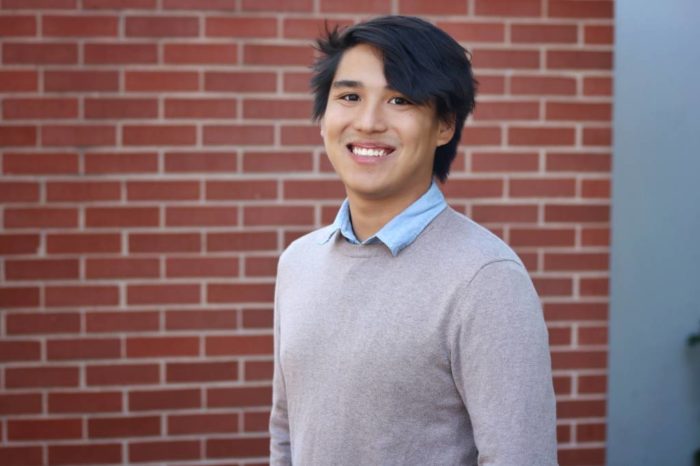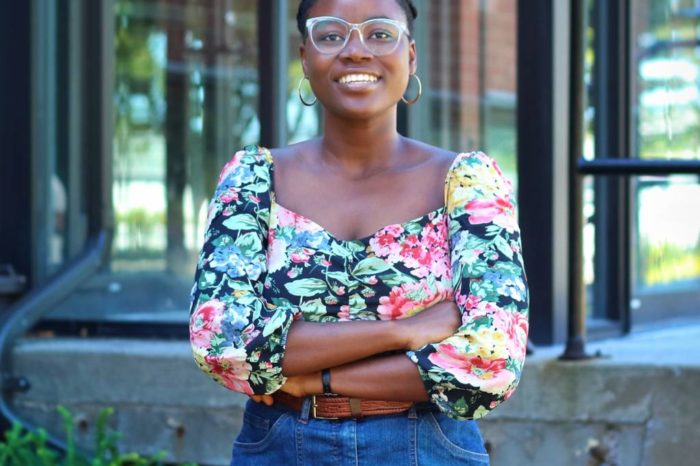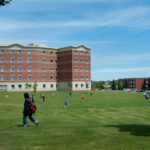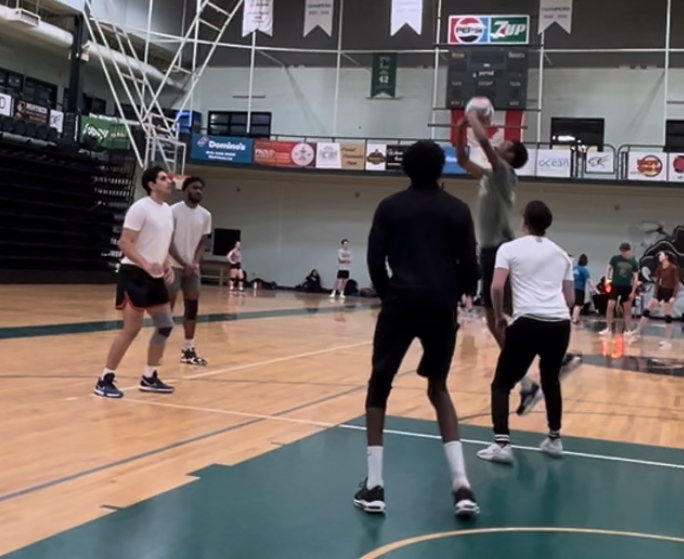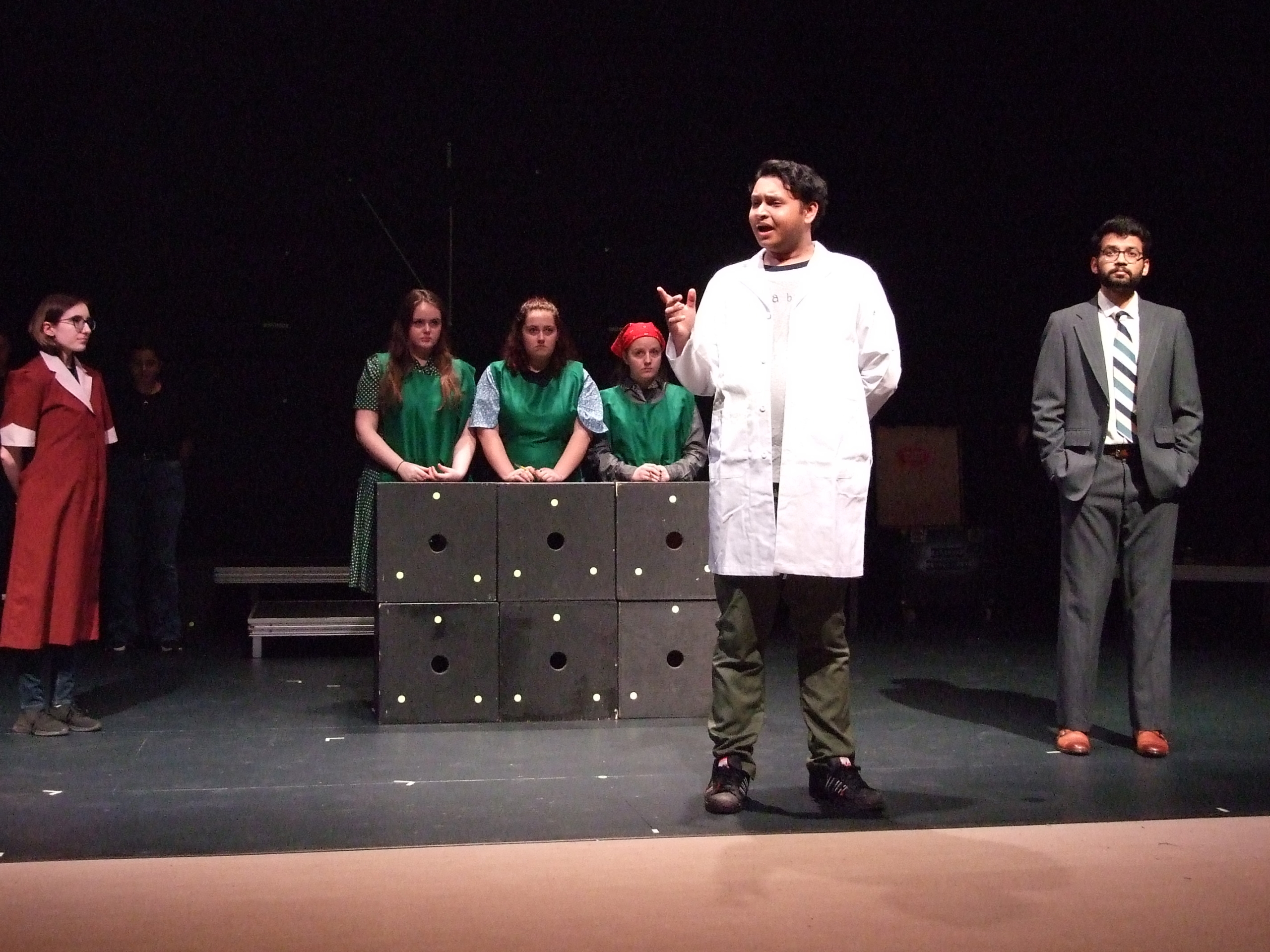New 260-bed residence coming to UPEI
By: Allison O’Brien
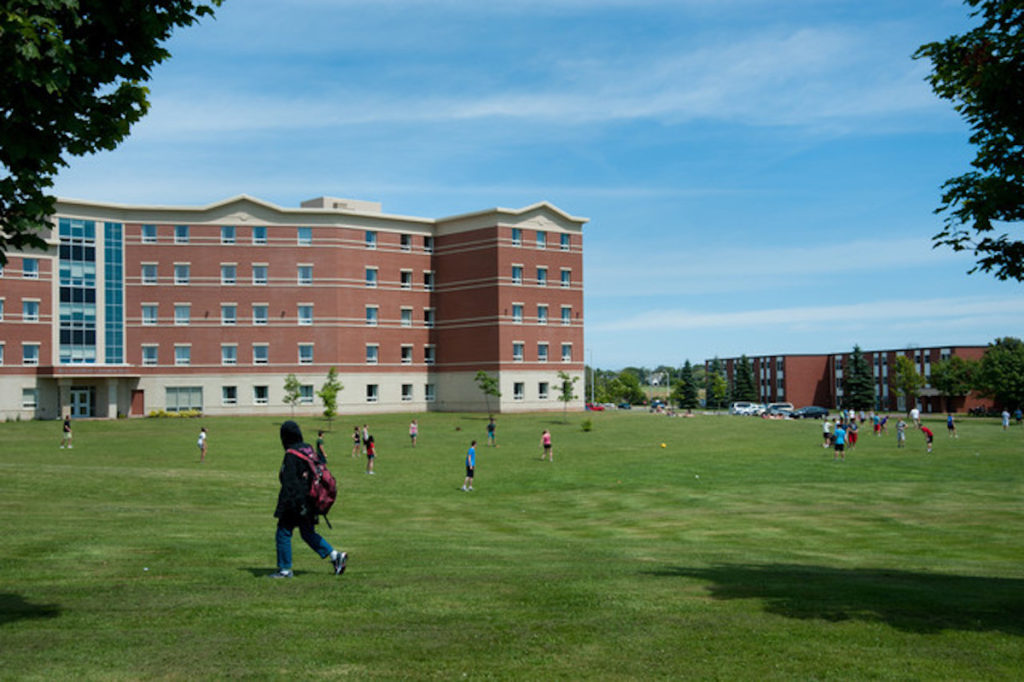
Bill and Denise Andrew Hall was built in 2005 and received it’s first occupants in 2006. The building houses approximately 167 students every year. (Shelley Ebbett/UPEI)
A new 260-bed residence will be coming to UPEI, the government announced Thursday afternoon.
The initiative reflects the action items and priorities of the provincial Housing Action Plan and the Poverty Reduction Action Plan.
“This new residence will allow UPEI to continue retaining Island students and attracting international students while alleviating pressure on the Charlottetown housing market,” said the news release.
The new 260-bed residence will become the largest on campus, with Bernadine having 147 beds, Andrew having 167 beds, and Blanchard having 126 beds.
“Today’s announcement of a new residence is the culmination of a great collaboration between our University and Government. It will help us to accommodate more of our local and off-Island students’ housing needs and also allow more students to experience residence life,” said UPEI President Alaa Abd-El-Aziz in a statement issued to the campus community.
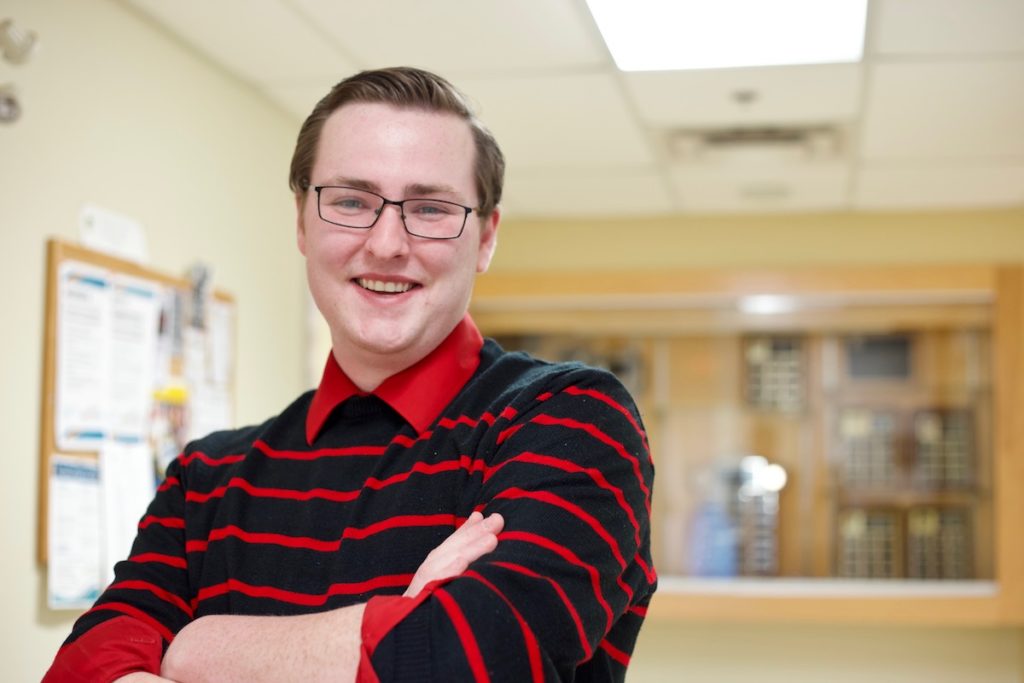
UPEISU President William McGuigan says the new residence will be a great addition to the campus community. (Allison O’Brien)
UPEISU President William McGuigan was pleased to hear the announcement.
“I think it’s a very exciting time for the university community, the students and the entire province of Prince Edward Island. Housing has been a key issue the last while, and it’s great to see some traction and some stuff actually happening to solve some of the issues in relation to this.”
McGuigan hopes that the new residence will keep enrolment numbers high at UPEI.
“Currently we have 81 different countries represented at UPEI and 26% of our student body is international. It will be exciting to see with this added residence if that will help enrolment in the future at UPEI.”
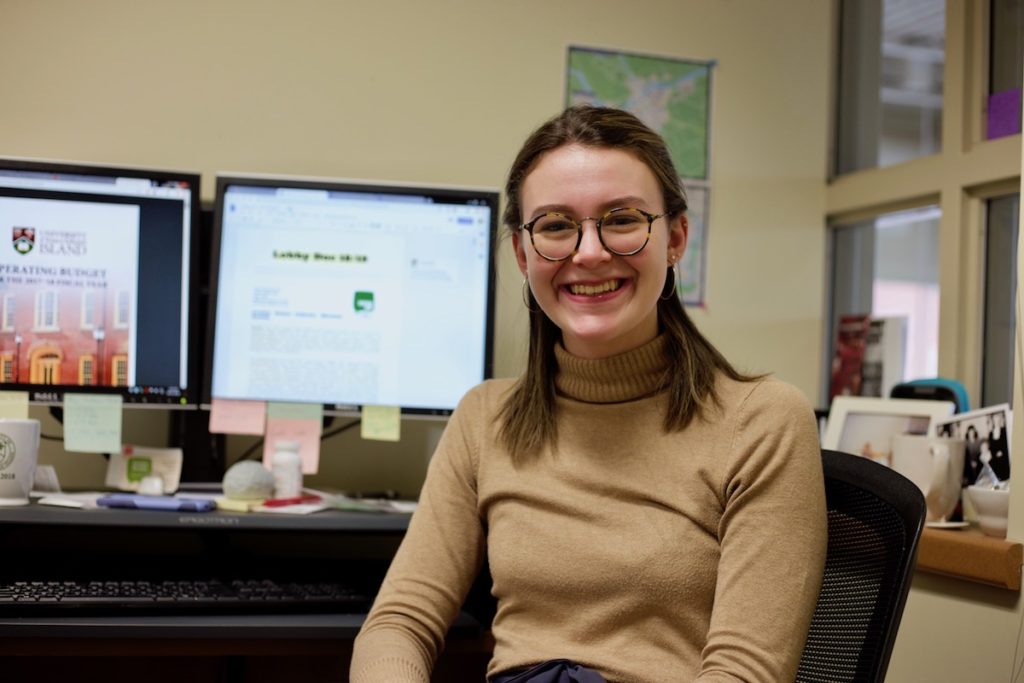
UPEISU Vice-President Academic and External Emma Drake says residence isn’t affordable for everyone. (Allison O’Brien)
SU Vice-President Academic and External Emma Drake says that adding a new residence building isn’t a one size fits all solution to affordable housing for students.
“I think 260 units is great, but at the same time it’s very divisive in the sense that the people who are living there can either afford it as they come from higher income backgrounds, or they are in exceptional amounts of debt.”
Costs to live in residence range from $4,719 per semester for a double room in Bernadine Hall to $5,551 per semester for a double suite in Bill and Denise Andrew Hall, including meal plans.
This is a staggering amount of money in comparison to the cost of rent paid by UPEI students living in townhouses and apartments, which is about $538 per month according to a housing survey conducted by the SU in the summer of 2018. According to this, students pay $2,152 per semester to live in apartments and townhouses.
Drake adds that most residences require students to have meal plans, which can be costly.
“With most modern residences, meal plans are required and there isn’t any choice within that. Requiring students to pay a premium to have a food plan isn’t an affordable option especially when it’s much easier to pick and choose what you want.”
Drake hopes the university will take a modern and innovative approach with the building, as opposed to the box-shaped buildings currently on campus.
“In BC, they face a lot of the same issues with housing availability, and I know their campus within the last 2 years, they have come up with more innovative solutions for residence such as micro units.”
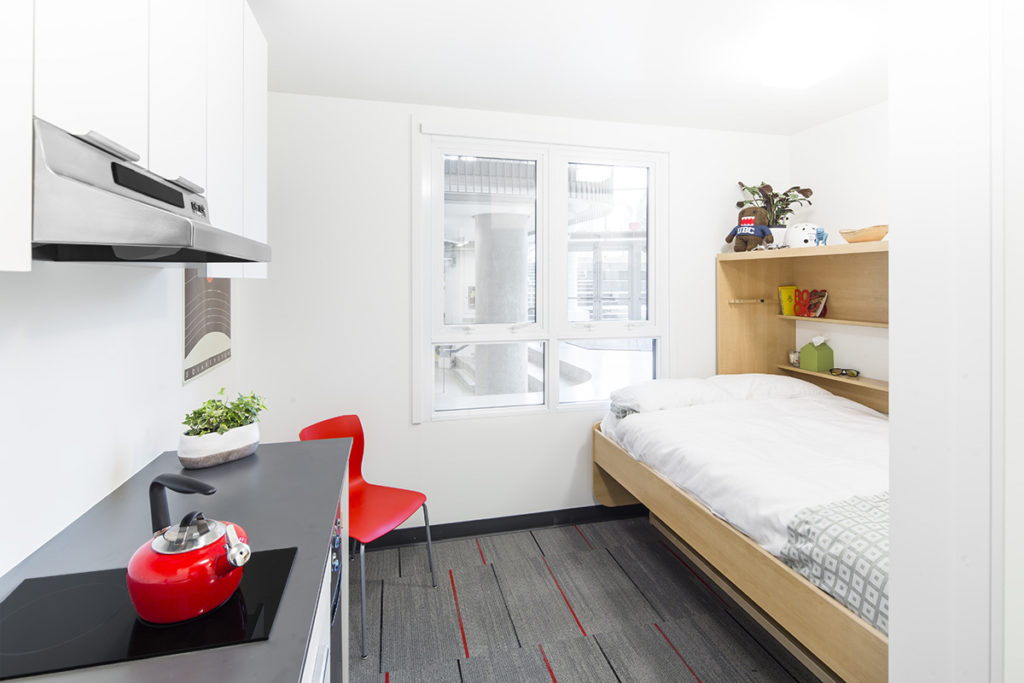
Nano studios at UBC cost $685 per month and include a fully-furnished room, kitchen and bathroom. (University of British Columbia)
“I don’t think that residence is a one-size fits all solution. I think the university needs to understand that students going here come from all walks of life and each one of them have different economic backgrounds. I think the residence should reflect that,” says Drake.
“I guess it’s a bittersweet moment and it really depends on what they decide to build. I’m happy that we’re creating more infrastructure, we’re growing the campus, that’s always good and we’re investing into it. However, I hope that’s not at the cost of student’s pockets.”

